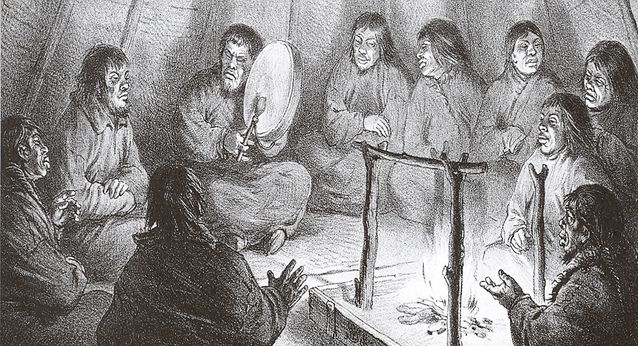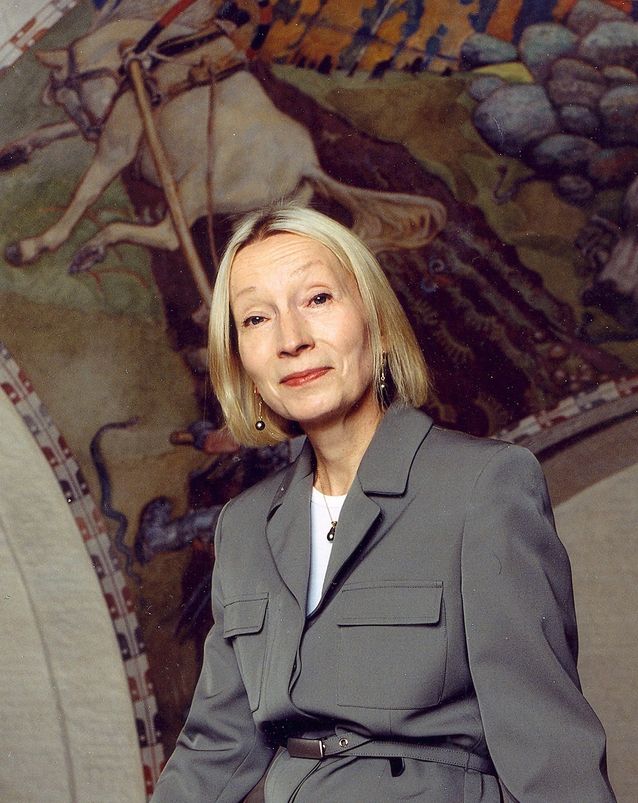Anna-Leena Siikala
Anna-Leena Siikala (formerly Kuusi, née Aarnisalo)
Born January 1, 1943, Helsinki.
Died February 27, 2016.
Master of Arts (folkloristics), 1968, Licentiate of Philosophy, 1970, Doctor of Philosophy, 1978, University of Helsinki
Academy Professor, Academy of Finland, 1999–2004
Professor of Folkloristics, University of Helsinki, 1995–2007
Professor of the Study of Tradition, 1988–95, University of Eastern Finland
Senior Research Fellow, State Committee for the Humanities, 1986–1988
Acting Professor of Folklore and Comparative Religion, University of Turku, 1979–1982
Publications, research projects and other academic activities
Research interests
Rituals, myths, oral storytelling, poetry written in the Kalevala verse form, regeneration of tradition and its political use in peripheral regions
Awards and Special achievements
Annual Prize for Non-fiction, Federation of Finnish Learned Societies and Finnish Association for Scholarly Publishing, 2014
Academician, 2009
Kalevala Society prize for academic work, 2007
Commander, Order of the Lion of Finland, 2006
Honorary Member, Finnish Literature Society, 2004
Honorary Member, Finnish Academy of Science and Letters, 2008
Honorary Member, The Kalevala Society, 2011
Honorary Doctorate, University of Joensuu (present-day University of Eastern Finland), 2004
Honorary Doctorate, University of Tartu, 2008
Honorary Doctorate, University of Turku, 2009
Honorary Award, Jenny and Antti Wihuri Foundation, 2004
Doctor Honoris Causa of the Societas Ethnographica Hungarica, 2000
Knight (First Class), Finnish Order of the White Rose, 1999
Honorary Professor, Udmurt State University, 1998
Finnish Literature Society Prize for Scientific Literature, 1979, 1992 & 1994
Photo: Sakari Majantie
Written by Anna-Leena Siikala (Tomas Sjöblom, ed.)
Translated by John Calton


